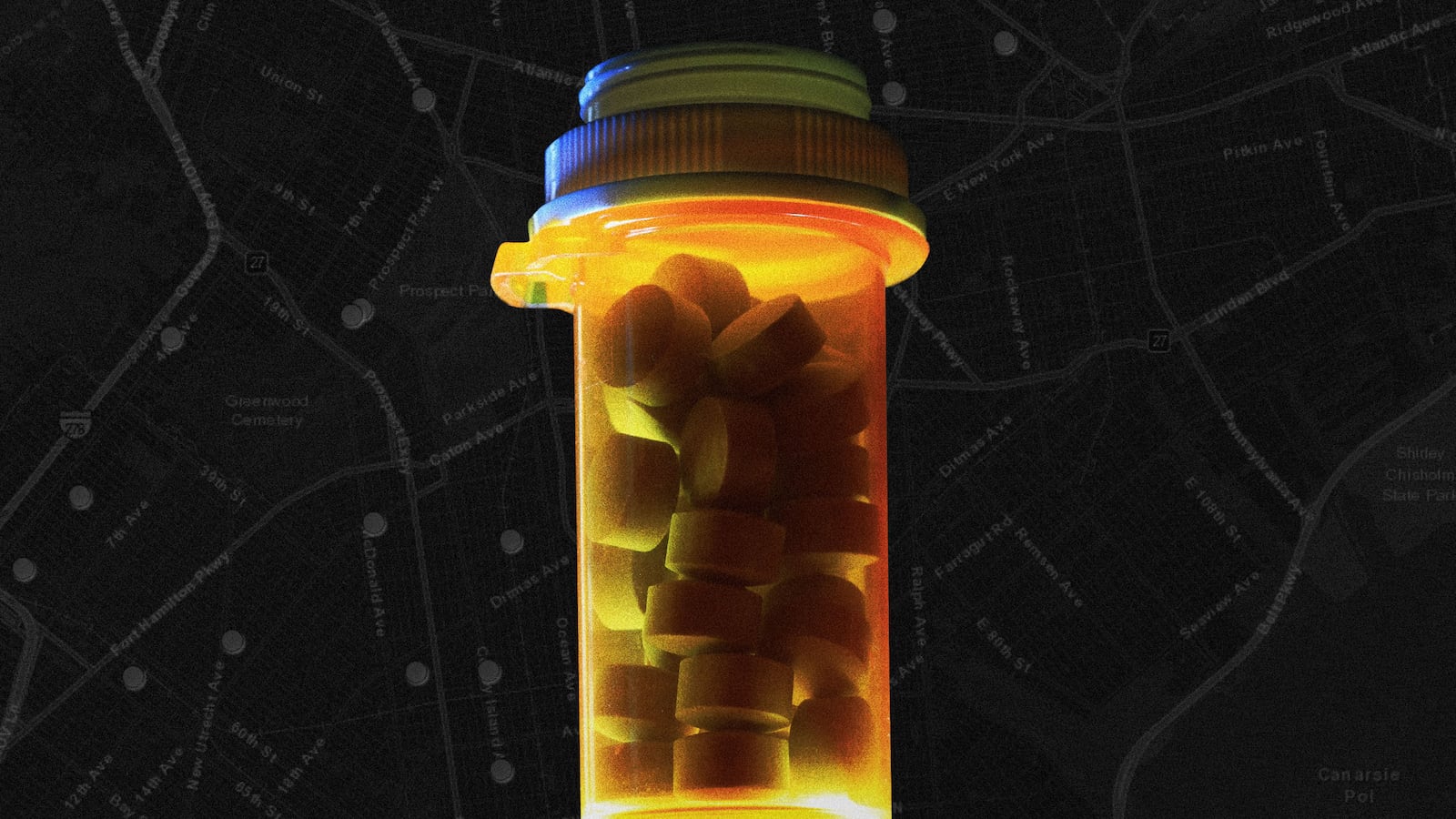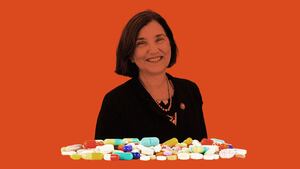I recently found myself wandering the streets of Brooklyn, clutching my tote bag. Inside was a bottle of oxycodone that I didn’t seem to be able to get rid of.
A few weeks earlier I had been prescribed a small supply of painkillers for a surgery, but I was left with a handful of pills I no longer needed. Disposing of them was a challenge.
I went to two pharmacies but was told they don’t collect leftover medicines. Instead, the pharmacist at the second drug store handed me a small envelope containing a powder and a confusing set of instructions on how to mix it with the drug that left me unclear on what to do.
Google didn’t prove helpful either. National take-back days occur only twice a year, and a New York map of safe disposal sites didn’t show any locations within walking distance. Though the U.S. Food and Drug Administration (FDA) advises that opioids be flushed down the toilet when a safe disposal option is unavailable, that carries with it other risks, including potential environmental damage and water contamination.
Defeated, I tucked the bottle of pills back in my medicine cabinet, figuring I’d deal with this later.
It turns out I had stumbled upon a much larger problem. Though opioids continue to be prescribed at staggering rates—in 2020, there were 142 million prescriptions written—two-thirds of those who receive them don’t dispose of them correctly.
Leftover drugs often end up in the wrong hands, feeding the cycle of addiction that is ravaging communities across the country. The impact of drug diversion is vast and a significant contributor to the opioid epidemic that is the leading cause of fatal overdoses, which kills more than 100,000 Americans every year.
“Unfortunately, at times it still seems that it’s easier to get an opioid prescription than to dispose of one properly,” says Dr. Caleb Alexander, a professor of epidemiology and medicine at Johns Hopkins Bloomberg School of Public Health.
Alexander likens having surplus drugs in one’s medicine cabinet to “a loaded gun,” a claim backed up by data: The majority of patients prescribed opioids never finish their supply, and more than 70 percent of those who abuse painkillers get them through someone with a prescription. That can look like anything from a well-intentioned patient giving a few pills to a family member suffering from pain to an acquaintance pocketing drugs left in a bathroom cabinet or someone selling their leftover pills.
There are efforts to change this, including a new FDA policy that would require pharmaceutical companies to include mail-back envelopes with opioid prescriptions, although the policy isn’t without its critics, who argue mailed-back drugs would be easy to steal. There are also innovative products being developed to help prevent diversion, including an “intelligent” drug collection box that destroys drugs and collects data about which medicines are being returned and in what quantities to better inform future prescribing practices.
Still, more needs to be done—and faster. Even states like New York—which passed a drug takeback act in 2018 requiring chain pharmacies to offer safe drug disposal with funding from pharmaceutical companies—are lagging behind in implementation, according to the Product Stewardship Institute, a nonprofit that advocates for safe disposal of a range of consumer products.
We need to pass national legislation to ensure that safe disposal is available more broadly. Though previous attempts have stalled, the time to act is now.
A bill requiring pharmacies to offer safe disposal options could make a huge, life-saving difference. With nearly nine out of ten Americans living within five miles of a community pharmacy—and many living much closer—they are easily accessible.
But the burden shouldn’t fall on pharmacies alone. As in the New York state bill, we should look to pharmaceutical companies, especially those that manufacture and distribute opioids, for funding.
Though companies may initially be hesitant to provide such funds, doing so will provide “a big win” in terms of public image at a time when negative views of the industry dominate, says Scott Cassel, founder and CEO of the Product Stewardship Institute.
Legislation should also provide funding for public awareness campaigns to educate about the importance of safely disposing of opioids and other prescription medicines.
Though enacting and enforcing this type of legislation alone won’t stop the opioid epidemic from continuing to claim thousands of lives across the country, it is an important step in the right direction. It’s time to act.
Josefin Dolsten is a New York-based writer and communications strategist with expertise in societal inequity and health access. She provides strategic counsel to organizations that work to advance public health, racial justice, LGBTQ+ equality, reproductive rights, and more.







